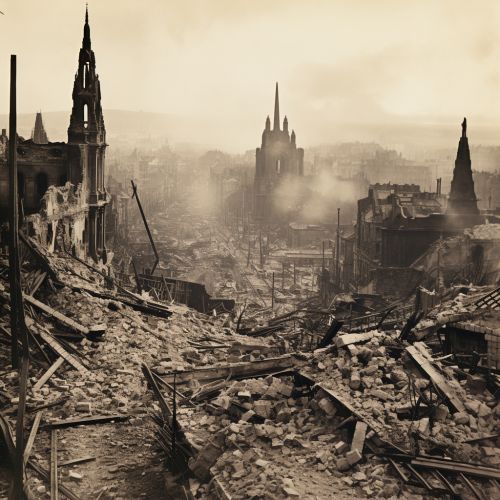The Spanish Civil War
Prelude to War
The Second Spanish Republic, established in 1931, was marked by political instability. This was a period of economic and social changes, with a significant shift towards secularism and modernization. However, these changes were met with resistance from conservative elements within society, leading to a polarization of political ideologies.


The Outbreak of War
In July 1936, a military coup was launched by a group of right-wing generals, including Francisco Franco, marking the beginning of the Spanish Civil War. The coup was only partially successful, leading to a division of Spain into Republican and Nationalist zones.
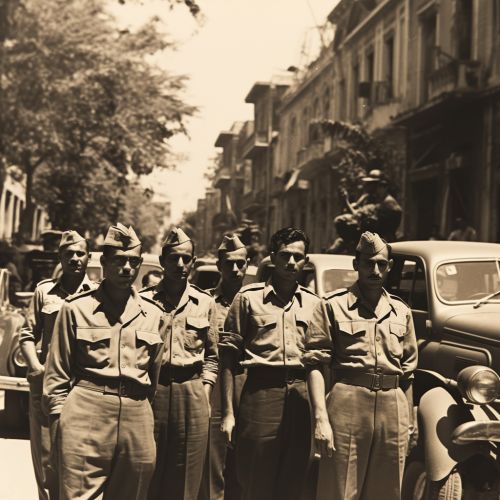
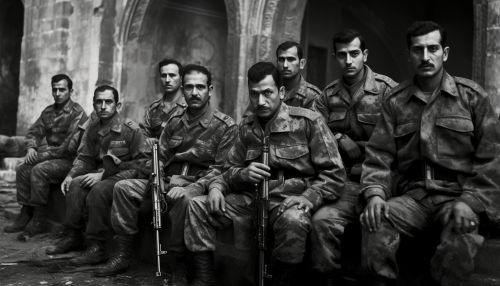
The Republican Side
The Republican side was a coalition of various left-wing groups, including communists, socialists, anarchists, and trade unionists. The Popular Front government, led by President Manuel Azaña, sought to defend the Republic and its progressive reforms.
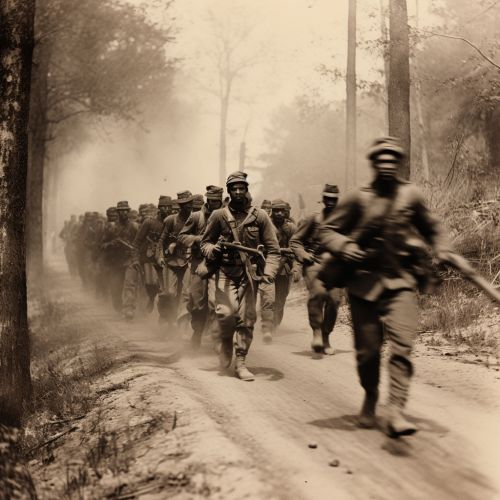

The Nationalist Side
The Nationalist side, led by Franco, was composed of conservative elements within society, including monarchists, fascists, and the Catholic Church. They sought to overthrow the Republic and establish an authoritarian regime.


International Involvement
The Spanish Civil War saw significant international involvement. The Republicans received support from the Soviet Union and Mexico, while the Nationalists were backed by Nazi Germany and Fascist Italy. This foreign involvement further escalated the conflict, turning it into a proxy war for competing ideologies.
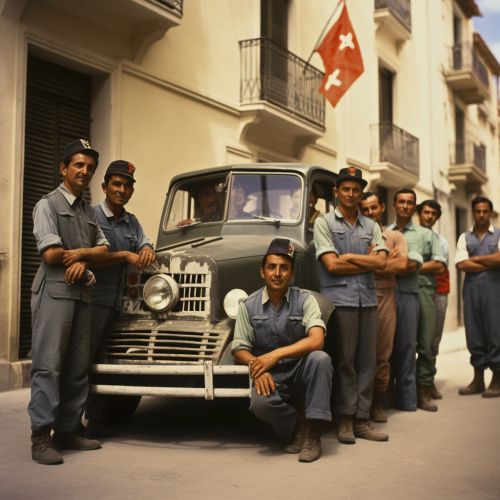

The End of the War
The war ended in April 1939 with a Nationalist victory. Franco established a dictatorship that would last until his death in 1975. The war resulted in significant loss of life and had profound effects on Spanish society and culture.
